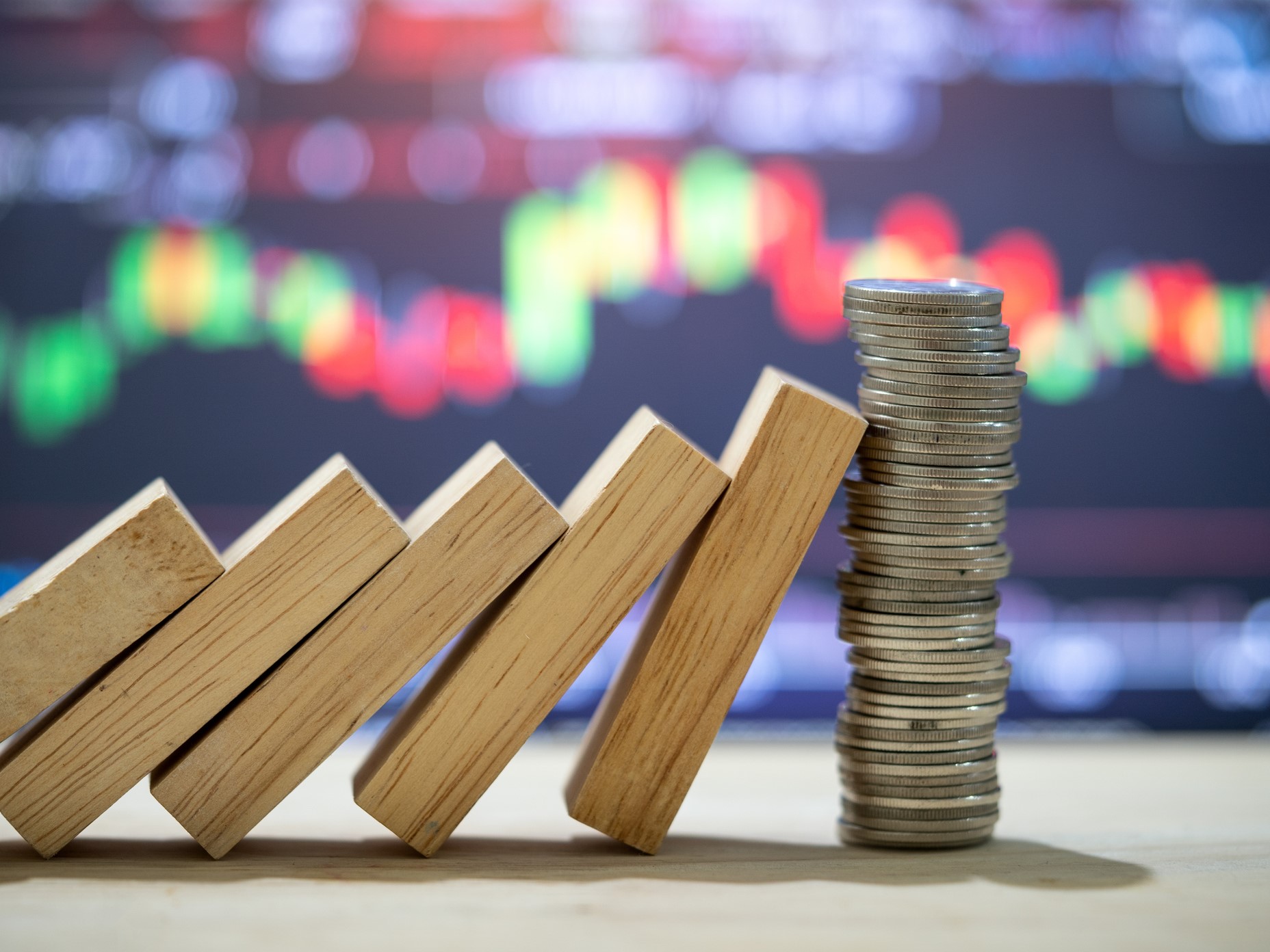Risk Insider: Tony Boobier
The Unknowns of the Tianjin Disaster
I was in Tianjin last week as the explosion happened. I wasn’t alone.
There were 15 million of us in town, and in reality the explosion happened about 30 km from where I was staying, so there was no immediate danger, although rumors of a major chemical leakage made my family think twice about leaving town.
This wasn’t an over-reaction, as I remember the impact of the Chernobyl nuclear disaster in 1986 blowing from Russia as far as Southeast England, where I live. Back then, we were warned to stay indoors, and local livestock in the open were judged to be contaminated and not fit for human consumption.
The Tianjin incident may not have been unprecedented – think Buncefield in the U.K., which was the largest European explosion since WWII – but it was shocking nevertheless, and will have worldwide implications on the topic of risk.
It will be months, probably years, before we know the full story.
The first explosion was substantial, but the largely volunteer fire service soaked a cocktail of highly volatile (and perhaps unregistered) chemicals with water, leading to a much larger secondary event, which proved to be devastating.
Video: BBC broadcast this video, taken by stunned eyewitnesses, of the two massive explosions in Tianjin City. The second explosion was equal to 21 tons of TNT.
It will be months, probably years, before we know the full story. In a country known for discretion, it is critical that investigators candidly share their findings, even if the truth might hurt. Even so, we must equally respect that discretion
In the hours following the incident, Tianjin City was in a state of shock. The waiter in my hotel told me how his brother ferried the injured to hospital, before it was decided that the site was too dangerous for him to be there. The government then requisitioned his car and carried on the good work.
Local international chain hotels provided temporary accommodation. At a time of enmity between the Japanese and Chinese where painful wounds remain, and with events recognizing 70 years after the end of WWII, there were messages of support on social media from Japan.
How different was the Tianjin explosion from Hiroshima, with densely packed homes close to the explosion site? If you were a victim, would you have noticed the difference?
We haven’t spoken about insurance, but I just wanted to share the context of a man-made disaster.
As an insurance professional, old habits die hard. I wondered about the Day One reserve, how quickly the reinsurance would kick in, how to calculate and mitigate the loss. One incident – or two? Was the fire fighting water, which created the second explosion, an inevitable consequence of the original incident, or a new and intervening factor?
One for the lawyers, I think, bearing in mind the very substantial amounts involved.
For underwriters, do you need to sit in a dark room and think of your worst nightmare, and then work backwards into reality? Is imagination a greater attribute than actuarial science? Who could have predicted the Twin Towers?
My world and work nowadays is analytically orientated – but isn’t the “real business” of insurance about claims like this in Tienjin?
Could underwriters ever have foreseen the risk? Would the most advanced of analytical and cognitive intelligence have helped?
Could insurers ever have foreseen the heroic work of volunteers who perhaps made matters worse? But in respect to their distressed families, let’s not prejudge the finding of any investigations.
How can even the most advanced analytics give insight into the “unknown unknowns”?










